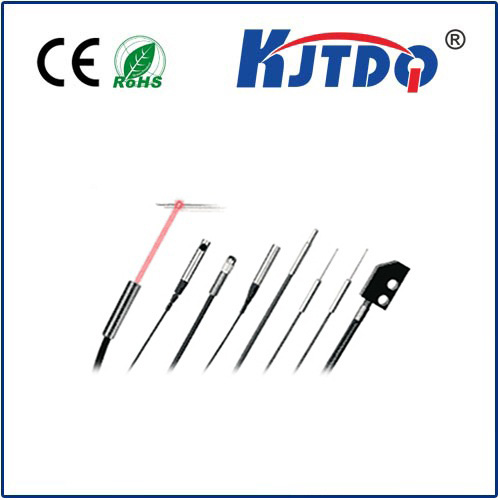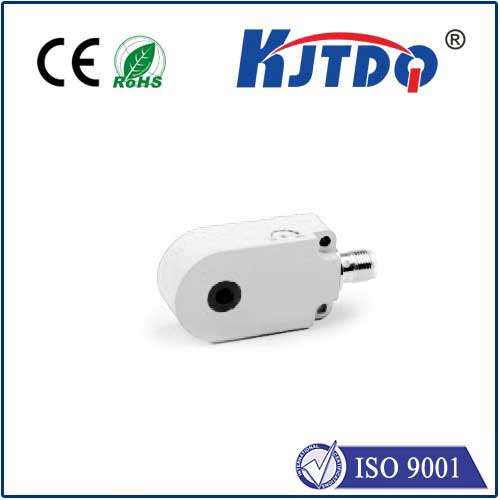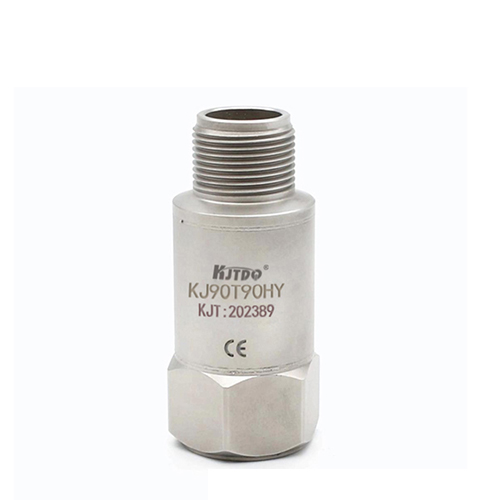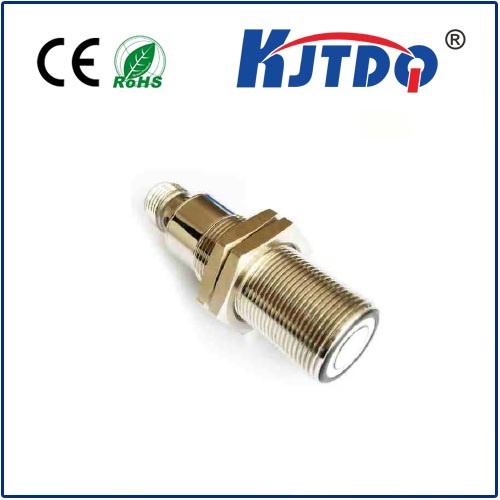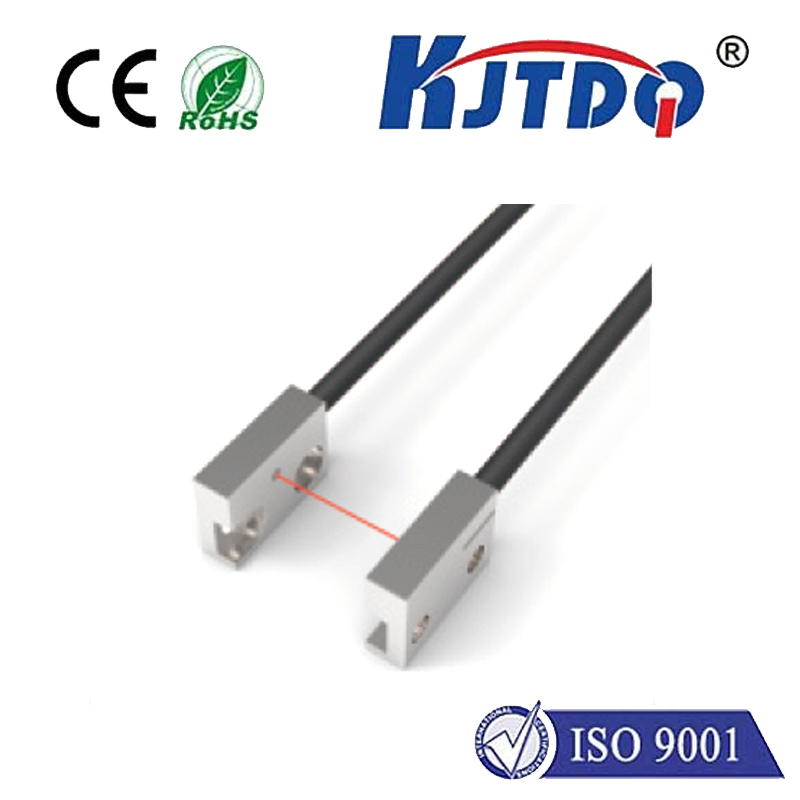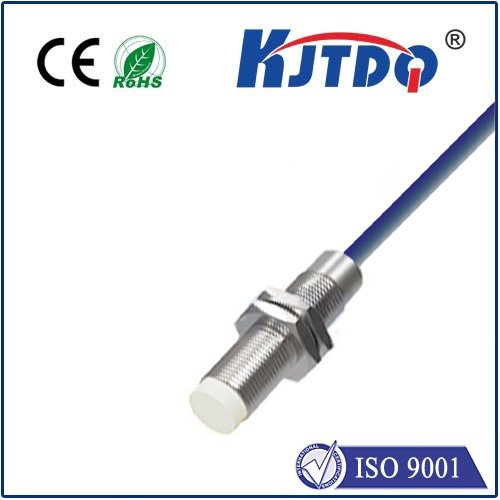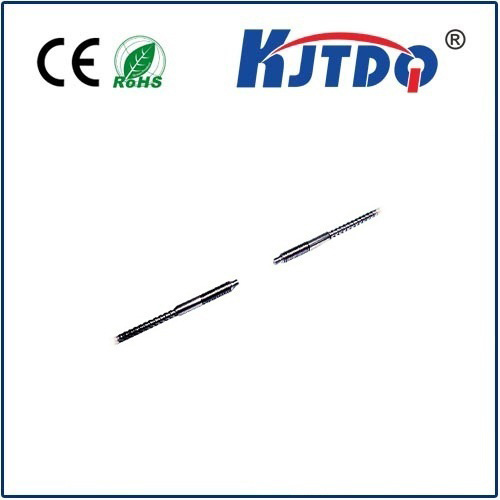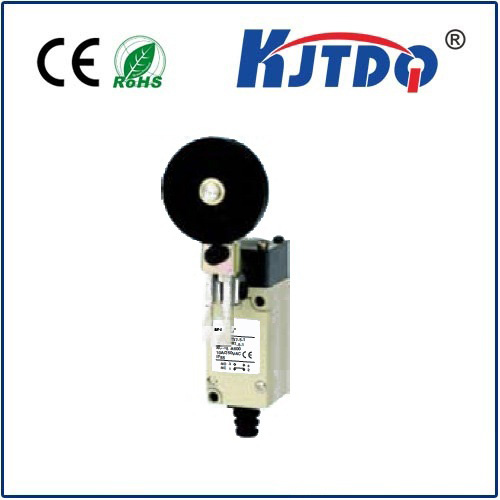aser Point Sensor: Revolutionizing Precision Measurement and Detection In a world where precision and accuracy are paramount, the лазерный точечный датчик has emerged as a game-changing technology. From industrial automation to scientific research, this innovative device is transforming how we measure, detect, and analyze objects with unparalleled precision. Whether you’re a tech enthusiast, an engineer, or simply curious about cutting-edge innovations, this article dives deep into the workings, applications, and benefits of laser point sensors, shedding light on why they are indispensable in today’s high-tech landscape.
А.лазерный точечный датчик is a non-contact measurement device that uses laser technology to detect and measure the position, distance, or displacement of an object. Unlike traditional sensors that rely on physical contact, laser point sensors emit a focused laser beam that reflects off the target surface. By analyzing the reflected light, the sensor calculates precise measurements with micron-level accuracy. This makes them ideal for applications where contact-based methods are impractical or could damage delicate surfaces.
The core principle behind a laser point sensor is triangulation. Here’s a simplified breakdown of the process:
Laser Emission: The sensor emits a laser beam that strikes the target surface.
Размышления: The beam reflects off the surface and is captured by a detector within the sensor.
Position Analysis: The sensor calculates the distance or position based on the angle and position of the reflected beam.
Data Output: The sensor converts this information into usable data, which can be displayed or integrated into automated systems. This process happens in milliseconds, enabling real-time measurements with exceptional accuracy.

Высокая точность: Laser point sensors can measure distances and positions with sub-micron accuracy, making them ideal for applications requiring extreme precision. Non-Contact Operation: Since they don’t physically touch the object, laser point sensors eliminate the risk of damage or contamination. Многогранный.: They can be used on a wide range of materials, including reflective, transparent, and rough surfaces. Speed: Laser point sensors provide rapid measurements, making them suitable for high-speed industrial processes. Компактный дизайн: Many modern sensors are small and lightweight, allowing for easy integration into existing systems.
The versatility and precision of laser point sensors have made them indispensable across various industries. Here are some of the most common applications:
In manufacturing, laser point sensors are used for quality control, alignment, and positioning tasks. For example, they can measure the thickness of materials, detect defects in products, or ensure components are correctly aligned on an assembly line.
Robots rely on laser point sensors for navigation, object detection, and precision tasks. These sensors enable robots to “see” and interact with their environment, improving efficiency and accuracy.
In the medical field, laser point sensors are used in imaging systems, surgical tools, and diagnostic equipment. Their non-contact nature ensures hygiene and precision, which are critical in medical applications.
Researchers use laser point sensors to measure microscopic distances, study material properties, and conduct experiments that require high levels of accuracy.
From measuring vehicle components to ensuring proper alignment in assembly lines, laser point sensors play a crucial role in automotive manufacturing and testing.
Enhanced Accuracy: Laser point sensors provide measurements with minimal error, ensuring consistent and reliable results. Cost Efficiency: By reducing waste and improving efficiency, these sensors can lower production costs in industrial settings. Improved Safety: Non-contact operation minimizes the risk of accidents or damage to sensitive materials. Scalability: Laser point sensors can be easily integrated into existing systems, making them a cost-effective solution for businesses of all sizes.
When selecting a laser point sensor, consider the following factors:
Measurement Range: Ensure the sensor’s range matches your application requirements.
Точность: Choose a sensor with the appropriate level of precision for your needs.
Material Compatibility: Verify that the sensor can work with the materials you’ll be measuring.
Environmental Conditions: Consider factors like temperature, humidity, and vibration, which may affect sensor performance.
Integration: Ensure the sensor can be easily integrated into your existing systems.
As technology continues to evolve, laser point sensors are expected to become even more advanced. Some emerging trends include: Miniaturization: Smaller sensors that can be used in more compact and portable devices. Enhanced Sensitivity: Improved detection capabilities for challenging materials, such as highly reflective or transparent surfaces. AI Integration: Combining laser sensors with artificial intelligence for smarter, more adaptive measurement systems. Wireless Connectivity: Sensors that can transmit data wirelessly, enabling remote monitoring and control. The лазерный точечный датчик is a testament to the power of innovation, offering unmatched precision and versatility across a wide range of applications. Whether you’re in manufacturing, robotics, or scientific research, this technology has the potential to transform your processes and deliver exceptional results. As advancements continue, the possibilities for laser point sensors are virtually limitless, making them a cornerstone of modern technology.
